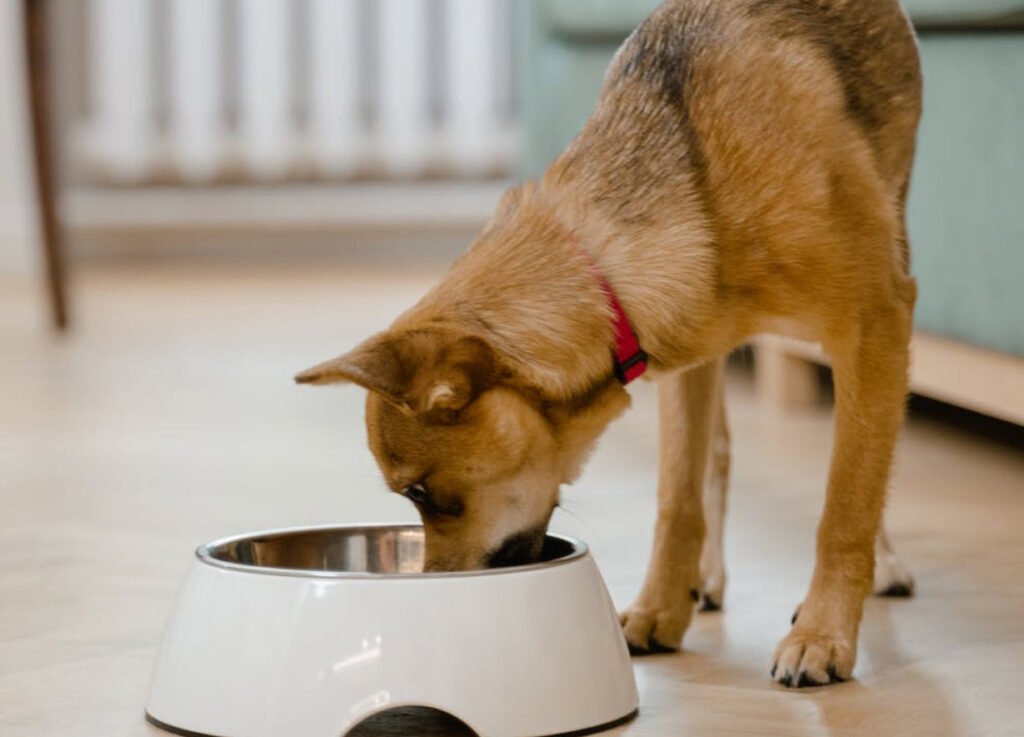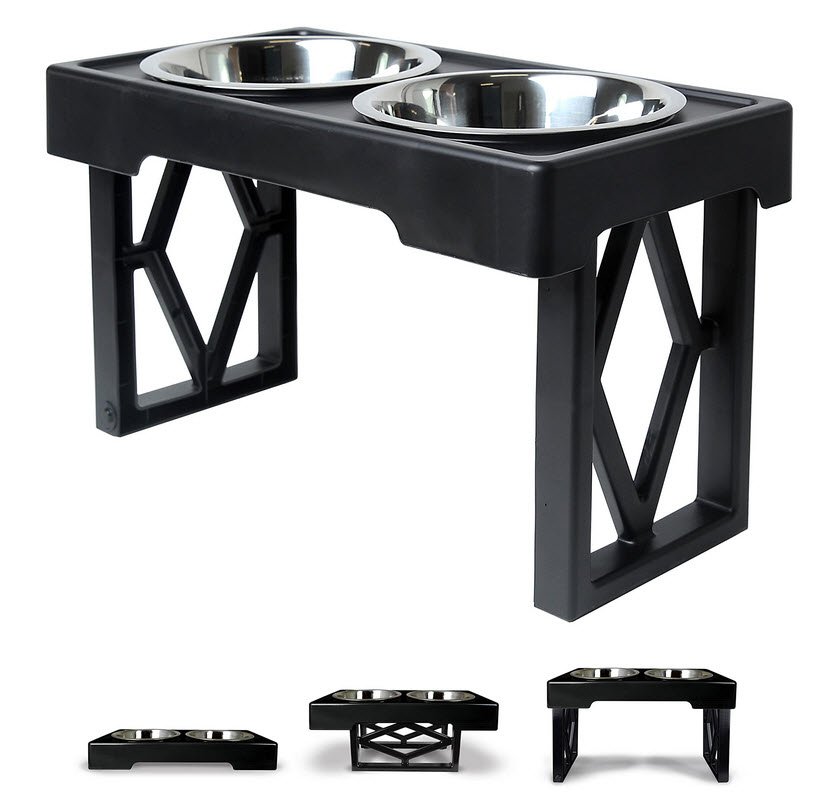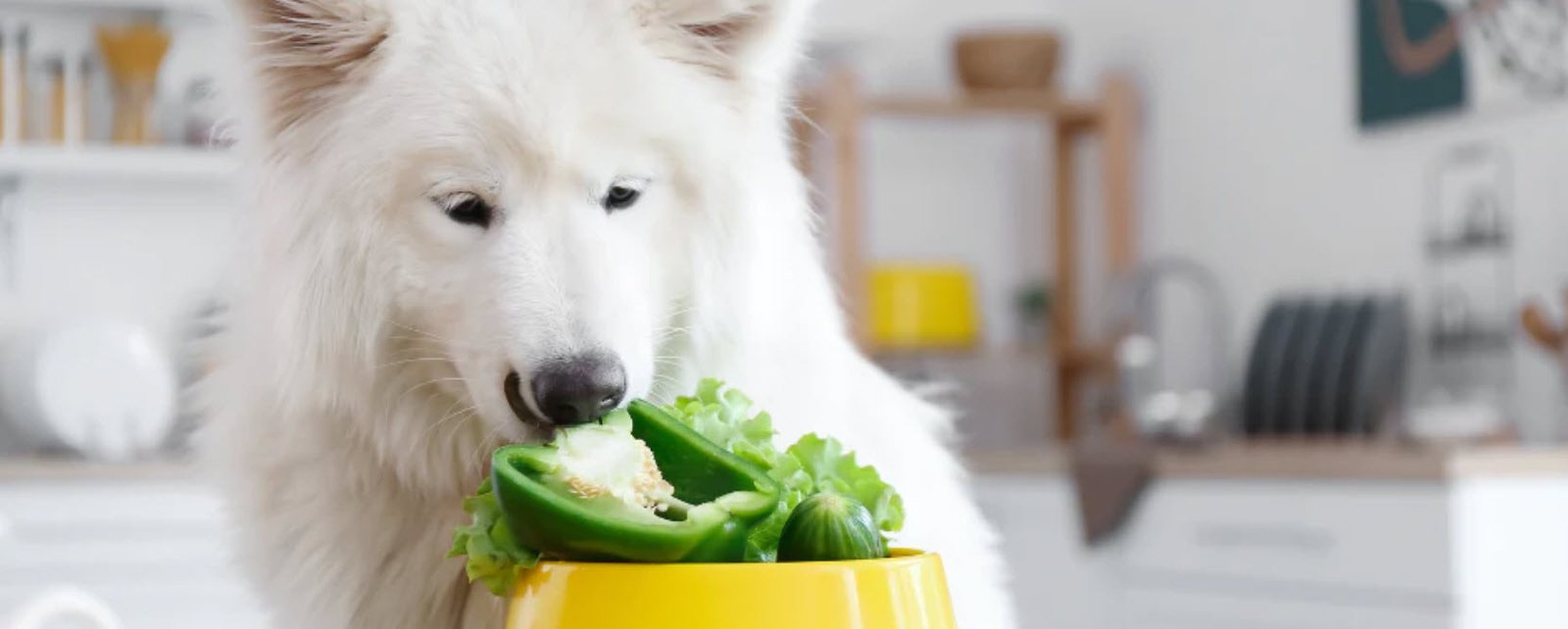
Selecting the right food bowl for your furry companion may seem like a simple task, but it’s an important decision to ensure your dog’s comfort, health, and ease of feeding. Different dogs have varying needs and characteristics, and thus, considering their unique traits can help determine the ideal type of food bowl.
In this article, we’ll explore various types of dog food bowls and match them to the specific needs of different dogs.
1. Elevated Feeders:
Best for: Large or tall dogs
Elevated feeders are raised off the ground, providing a more comfortable and ergonomically sound eating position for larger or taller dogs. These bowls can help reduce strain on your dog’s neck and joints during mealtime.

2. Steep-Sided Bowls:
Best for: Long-eared dogs
Dogs with long ears, such as Basset Hounds or Cocker Spaniels, may benefit from bowls with steep sides to prevent their ears from dipping into their food or water while they eat or drink.

3. Shallow Bowls:
Best for: Short-nosed dogs
Breeds with short noses, like Bulldogs or Pugs, may find it easier to eat from shallow bowls. Shallow bowls allow them to access their food without struggling due to their facial structure.

4. Slow Feeder Bowls:
Best for: Fast eaters
If your dog tends to eat too quickly, consider a slow feeder bowl. These bowls have ridges or obstacles that force your dog to slow down while eating, promoting better digestion and reducing the risk of choking.

5. Deep Bowls:
Best for: Long-nosed dogs
Breeds with long noses, such as Greyhounds or Collies, may find it more comfortable to eat from deeper bowls, allowing them to reach their food easily without strain.

6. Shallow Bowls (for Puppies):
Best for: Puppies
Puppies, especially small breeds, may benefit from shallow bowls to make it easier for them to access their food. Shallow bowls also allow for portion control, which is essential for growing puppies.

It’s important to note that in addition to considering the type of bowl, the material of the bowl is also crucial. Stainless steel bowls are often recommended due to their durability, ease of cleaning, and resistance to bacteria. Avoid plastic bowls, as they can harbor bacteria and may cause allergies or skin issues in some dogs.
Furthermore, regularly cleaning your dog’s food bowl is vital to maintain their health and hygiene. Wash the bowl daily with mild soap and warm water, and ensure it’s thoroughly dry before each feeding.
In conclusion, choosing the right food bowl for your dog involves understanding their specific needs and characteristics. By selecting the appropriate bowl type and material, you can enhance your dog’s mealtime experience, promote healthy eating habits, and contribute to their overall well-being. Always prioritize your dog’s comfort and health when making choices related to their feeding routine.
You may also like:- Common Causes of Dog Bad Breath
- 5 of the Most Painful Conditions for Dogs
- Top Natural Foods to Combat Bad Dog Breath
- Top 12 Most Popular American Dog Breeds
- 6 Most Popular Distinct Canadian Dog Breeds
- A Guide To Understanding Your Dog’s Body Language
- List of Vegetables That Can Be Valuable Addition To Your Dog’s Diet
- 15 Most Popular French Dog Breeds You Need To Know
- 17 Essential Oils that are Toxic to Dogs
- The Ultimate Dog-Friendly Packing List for Travel and Adventures








